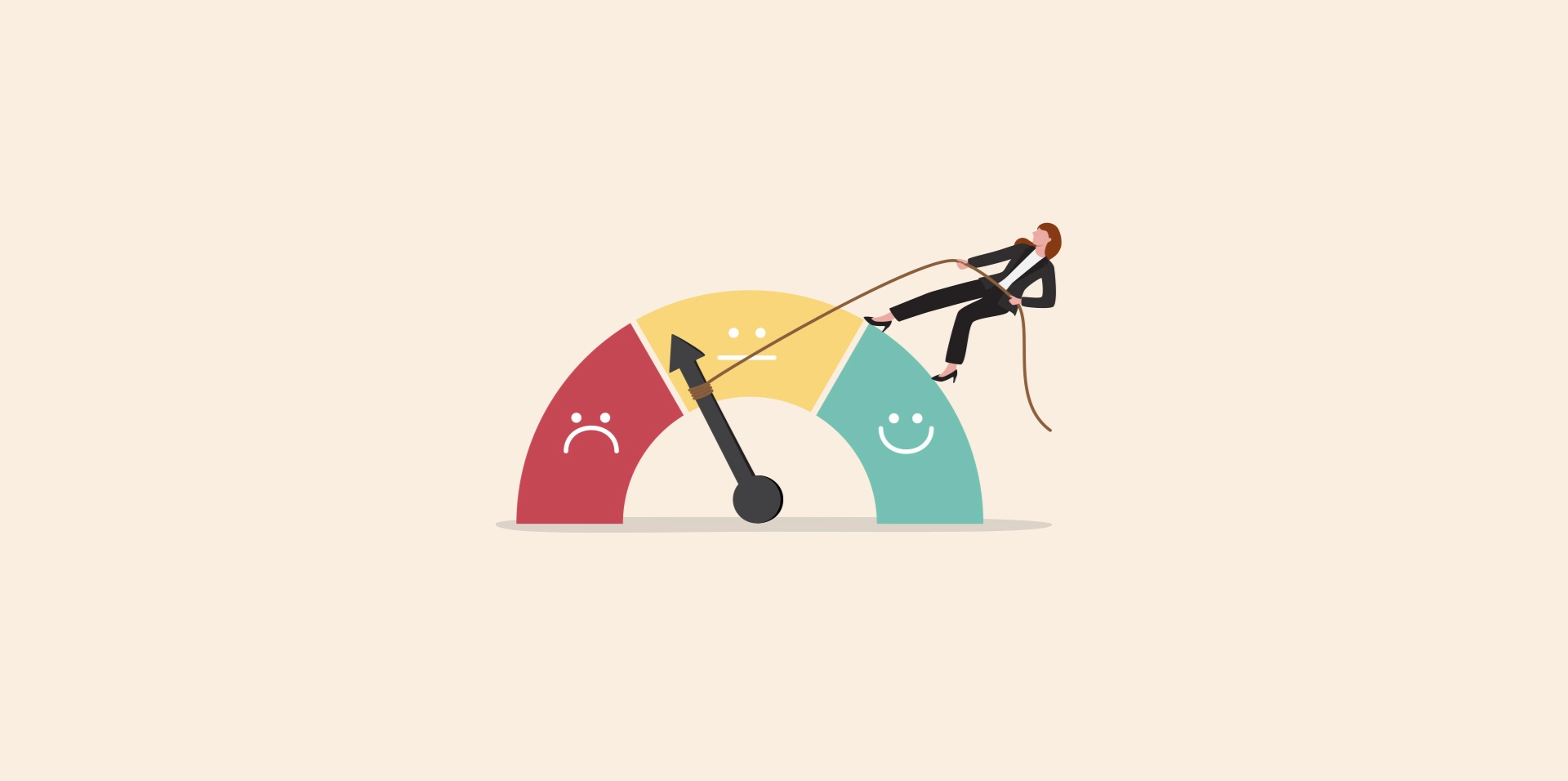Site speed is an important factor when it comes to measuring how your website is performing. Having a fast loading website is not only excellent for user experience, it can also improve the overall SEO of the site.
Slow site speed can mean:
- A negative user experience – users can give up on using your site altogether if it takes too long to load.
- Bad SEO – Google takes site speed into consideration when indexing pages on a site, this can negatively impact your rankings in the SERPs.
- Conversion rates – if visitors to your site can’t do anything as elements and pages are too slow to load, they are less likely to make a purchase or sign up for a service.
Using our expert knowledge, we have put together a helpful guide which contains techniques that we use to ensure a site loads quickly for users. Take a look at our guide below and discover how to boost the speed of a WordPress website quickly and effectively.
Optimise your imagery for the web
A lot of businesses tend to overlook or not realise the importance of reducing the file size of your images. Images tend to be larger in file size than other assets on a website, such as stylesheets or Javascript files, and typically take longer to load. This coupled with extremely large and high resolution images can seriously increase the loading time of a page.
Having lovely imagery and visuals on a site is important, but there are a lot of ways to ensure your images still look amazing without impacting the speed of your WordPress website.
Optimising images is a super quick task and can involve reducing their resolution or dimensions. There are a variety of ways you can do this, for example if you are using Photoshop for your imagery, you can choose the correct dimensions in here and then use their ‘Save for Web’ option, which automatically reduces the file size of the image without noticeably reducing the quality.
Sites such as TinyPNG are also great ways to reduce the file size of any images.
Please note: it is best practice to ensure that images are set to the correct dimensions and saved for the web before uploading to a content management system.
Implement caching on your site
Implementing caching on a site is a great way to improve site speed and overall performance of a site. There are two types of caching – browser caching and server caching.
- Browser caching – when a user visits a website, the browser stores the files it receives from the server in its cache. If the user visits the same website at a later date, the browser will display the cached files rather than request them again from the server. This enables the page to be loaded much quicker.
- Server caching – the WP Super Cache plugin for WordPress stores static HTML files and assets, such as scripts and images, on the server for pages that have been visited by the user. This enables the server to resend these static files to the browser instead of having to regenerate them server-side if the user visits these pages again.
Caching allows users to receive the data of a website far quicker, making the site load faster and giving them a better overall user experience.
Minify CSS and Javascript
When a user loads a site, it can take a while to load in all the CSS and Javascript files, and this can seriously impact the speed that a site loads in. The technique of minifying CSS and Javascript can dramatically reduce the load time of a page, which seriously improves the user experience of the site.
The Autoptimize plugin for WordPress aggregates all individual CSS and Javascript files into one file and therefore reduces the number of HTTP requests made by the site to the server. It also minifies the file by removing code comments, line breaks and white spacing between lines of code making it smaller in file size and quicker to download.
Ensure you have your developer or website agency review the plugin before you go ahead and install it, as you want to ensure that it doesn’t affect other functions on site.
Implement Asynchronous Javascript
Webpages have a lot of assets to be loaded in, and sometimes this can lead to sites taking a while to fully show all assets on a page.
The ASync Javascript plugin for WordPress allows developers to defer the loading of some Javascript files until after other assets have been loaded. Often the Javascript file is not actually required until an event has occurred, eg. the user clicks on a link, so it makes perfect sense to load the stylesheet and other assets first.
Without this, the loading of a CSS file could be delayed and could lead to a Flash Of Unstyled Content (FOUC). This means that your webpage can end up looking messy and not how it should, putting visitors to the site off and making it difficult for them to find what they are looking for.
Again, please check with your development team before adding any plugins to your site.
Get in touch
If you need help with your website, including optimising it for page speed and search engines, then get in touch with our team today. We’d love to talk with you about your site and how we can help
